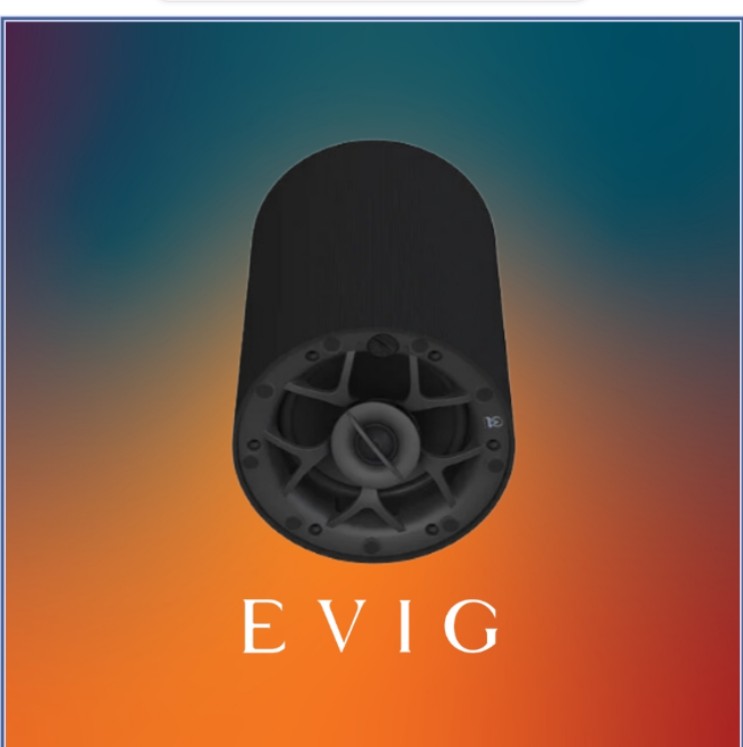Cheap Violin Let’s be honest: learning to play the violin may be really challenging, particularly if you have a tight budget. But don’t worry about it and you have to trust yourself in this process! Today, I’ll help you snag an affordable fiddle while taking note of the most important considerations down the road.
Sound Quality
To kickstart this discussion, let’s talk about sound quality. Now, I know what’s on your head – “Can a cheap violin actually sound decent?”
Well, surprise, surprise – it can! When I was searching for my first violin, I made sure to give each one a good listen. Even if you’re a total newbie, trust your ears. A decent cheap violin should produce a clear, warm tone without sounding like a cat being strangled. But you know what? If it sounds like nails on a chalkboard, it’s a hard pass, and go for another shop or fiddle!
Construction and Materials
Look, honestly, I’m not expecting a budget violin to be made from some fancy 300-year-old wood, but it shouldn’t feel like it’ll fall apart if you sneeze on it either.
When I picked up my first cheap violin, I checked that the wood didn’t look like it came from a dollar store shelf. The fingerboard should be smooth, the pegs should turn easily, and the bridge should fit snugly. If it feels like a toy, it’ll probably sound like one too.
Setup and Accessories
Now, let’s focus on setup and accessories real quick. Here’s where a lot of cheap violins try to pull a fast one on you. Sure, they might throw in a bow, rosin, and a case, but are they actually usable? Funny right?
When I bought my cheap violin, I made sure the bow wasn’t warped and had decent hair. The case should at least keep my instrument from getting banged up. And yes, don’t forget to check if the bridge is properly set up for you – ain’t nobody got time for a DIY violin setup when you’re just starting out.
Durability and Maintenance
Here, we’re now down to the big and our favorite word “quality.” Durability and maintenance are two crucial things, especially with a cheap violin. Funny but I learned this the hard way – you don’t want your instrument to fall apart after a few months of practice. It’s kind of a bummer to experience!
This is why you need to look for signs of good craftsmanship, even on a budget model. Here are some things to look at:
- The seams should be tight.
- The varnish shouldn’t be peeling.
- The tuning pegs should stay in their place.
Remember, a cheap violin that needs constant repairs isn’t really cheap in the long run.
Price vs. Value
Now, the thrilling part – price vs. value. When it comes to budget considerations, I get it. We’re all trying to stretch our dollars. But here’s the deal: sometimes spending a tiny bit more can make a world of difference. When I was shopping for my cheap violin, I set a budget but was willing to flex a little for better quality. It’s all about finding that sweet spot between affordability and playability.
Think of it as a long-term investment. Sure, you could go for the absolute rock-bottom price, but will that violin grow with you as you improve? I chose a cheap violin that had room for upgrades – better strings, a nicer bow – so I wouldn’t outgrow it too quickly.
Conclusion
To wrap everything up, buying a cheap fiddle doesn’t mean you have to settle for less. Keep your eyes and ears focused on four things: first, decent sound quality; second is solid craftsmanship; third is usable accessories; and lastly, a good value for your hard-earned money.










